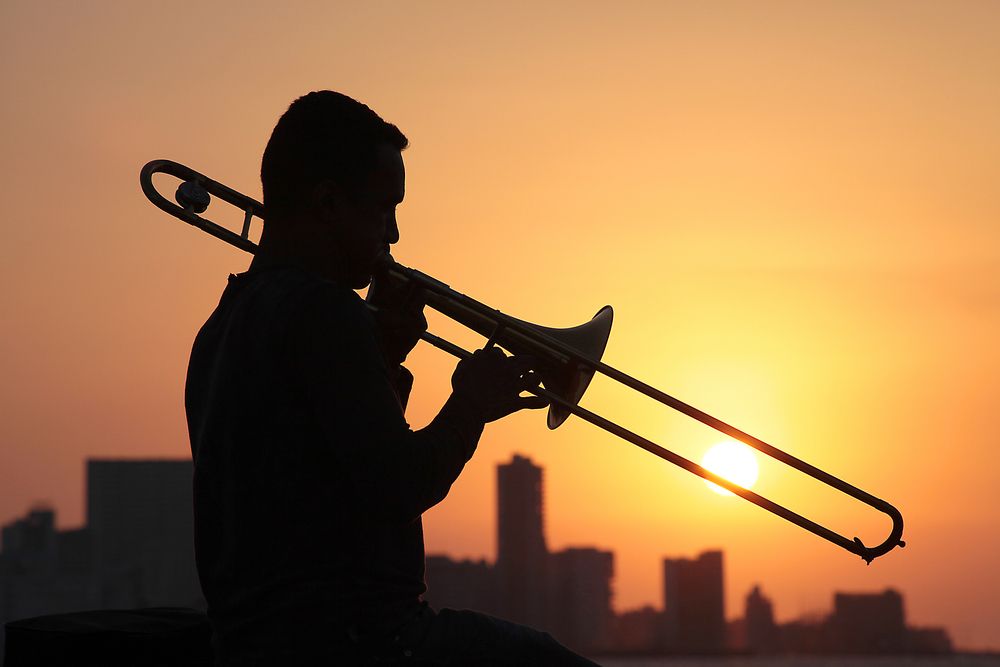We have all heard it, whether it’s through dance or music, telling the story is an important aspect of performance.
It is of course easy in books or plays to follow the story, well most of the time, some of the recent Dr Who episodes have been a bit hard to follow! The author knows what they want to communicate and uses words and actions to describe what is going on and take you through the story as they see it.
When the words are removed though this makes life more difficult, the composer or choreographer knows what they want to communicate and uses music or dance to try and portray it. The difference being that with a piece of music the composer is not around to be able to direct how the music is to be played and the interpretation is normally down to the performer. Dance projects are often different though as the choreographer is much more involved and controls the performance.
What do we mean by telling a story?
Much depends on the type of music; opera and musicals do of course tell a story with words and music, but instrumental music is more problematic. One of the first pieces of programme music, and a forerunner of the romantic era, was Beethoven’s Pastoral symphony, vividly portraying countryside scenes, complete with imitation bird song, in quite a remarkable way. Berlioz Symphonie Fantastique tells a vivid story, as does Carnival of the Animals by Saint-Saens and a myriad of other pieces of music. But there is a lot of music out there which is a bit drier in emotional terms, and baroque music, with its very technical style and everything in its right place mentality, is a difficult genre to find a story or emotion. It can be argued that this era wasn’t primarily interested in the emotional side of music, particularly instrumental music, but certainly the vocal style of Monteverdi and subsequent composers did involve an emotional element with dissonance and word painting being utilised to achieve this. But much baroque music was used for either religious purposes or for dance and so the story telling element wasn’t so important. Even Handel’s operas and oratorios are quite technical and declamatory in style and don’t lend themselves to the more lyrical style of later eras.
So what about instrumental music?
It is easy to find a new piece of music and learn the notes and play the rhythms correctly in time with a good style; but playing this way can sound sterile and, if that is all that is happening, why don’t we just play the piece on a computer via Sibelius and dispense with performers entirely? Well, there are undoubtedly those who would advocate something like that, particularly if commercial considerations were important, but why don’t we do it generally? The main reason being that it sounds awful to provide a technically near perfect performance, without the added bit of storytelling or emotional expression being added by a human being. So how do we achieve that? Well things like breathing and phrasing are important and planned breathing particularly. It is not good practice to have the macho attitude of “look how long I can play before taking a breath”. What happens in this case is that the ends of phrases start to fade away and become breathless so the answer is to plan breathing. To achieve this, the mindset needs to be where can I breathe so that it doesn’t interrupt the flow of the music. In most music there will be odd rests or breaks in the music where it will be safe to breathe, otherwise look for long notes which can be cut fractionally short to take a breath.
This is though only part of the story, the music, whether descriptive or not, needs to flow and move forward musically. To achieve this, I was interested in a remark by an eminent brass conductor who I was fortunate to work with recently. He was advising that rather than seeing music as notes in a vertical pattern that need to be negotiated, we should see them as horizontally, as a melodic line. I have used this quite a lot in the last couple of weeks and the results have been remarkable, not only has the flow and storytelling improved but the number of clipped and incorrect notes also reduced significantly, making a much more fluent performance. There is a trumpet piece called “A quiet city” by Aaron Copland which describes a city at its quietest, probably in the early hours. It is a difficult piece but learning the notes and rhythms is only the start. It is a good example of playing the notes in the right place not being enough. The difficulty of this piece is in its story telling and the performer has to try and get into the mind of the composer, but also visualise a quiet city and this enables them to paint a picture. Visualisation is an important part of performing, putting yourself in the picture that is being painted, or placing yourself in the shoes of a performer playing the piece well are recognised techniques for getting over nerves and communicating the music to its audience.
So in addition to attending to the technical aspects of creating music, the interpretation and storytelling element is equally important – or possibly even more so. Understanding the music and what the composer intended is an important skill to learn.



